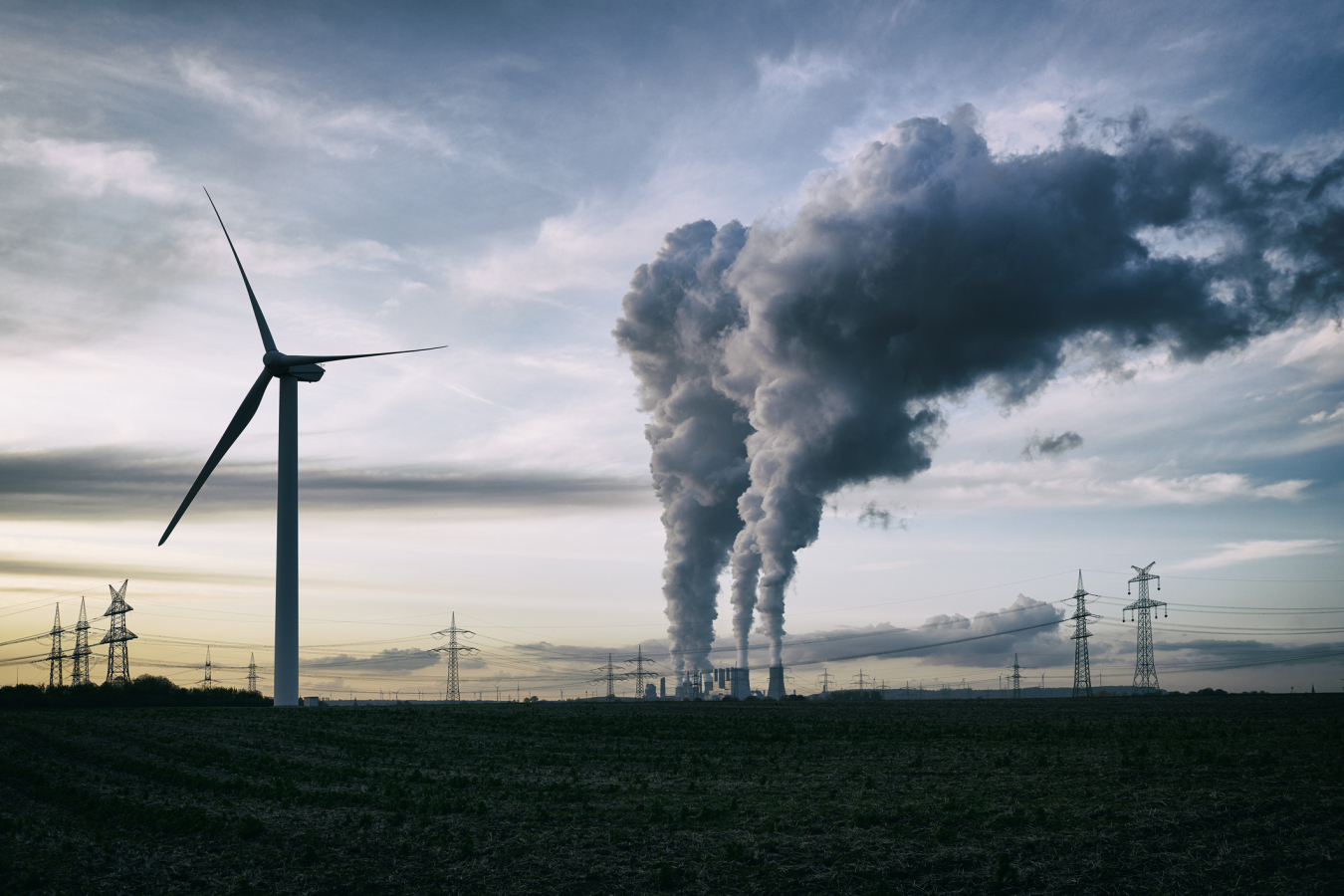According to the U.S. government’s most recent official projections, net U.S. greenhouse gas emissions are expected to decline 29-46% by 2030, 36-57% by 2035, and 34-64% by 2040, compared with 2005 levels.
January 16, 2025According to the U.S. government’s most recent official projections, net U.S. greenhouse gas emissions are expected to decline 29-46% by 2030, 36-57% by 2035, and 34-64% by 2040, compared with 2005 levels. This represents roughly double the 2030 emissions reductions projected before the passage of major policies such as the Inflation Reduction Act (IRA) and Bipartisan Infrastructure Law (BIL).
A new publication on 2024 U.S. Emissions and Energy System Baselines by the U.S. Environmental Protection Agency, Department of Energy, and Department of Agriculture provides a deep dive into these updated projections, including impacts of recent policies on emissions and shifts in energy use across the electricity, transportation, industrial, and buildings sectors between now and 2040. Projections incorporate policies enacted through May 2024, including BIL, IRA, and recently finalized standards for vehicles, power plants, oil and gas production, and appliances. Each of these policies and standards play a key role in achieving these projected emissions reductions.
This analysis is part of the United States’ obligation under the Paris Agreement, which requires parties to report every two years on progress towards their climate goals. The First Biennial Transparency Report, submitted by the U.S. to the United Nations Framework Convention on Climate Change in December 2024, provides official U.S. government emissions projections through 2040.
In addition to this new interagency report, the DOE Office of Policy has published a companion piece, Investing in American Energy: Progress Through Policy. This piece provides an overview of the impacts of recent policy on the future of the U.S. energy system and opportunities for furthering progress toward climate goals.
Highlights from the Report:
- Across all scenarios and models, U.S. energy demand is increasingly met by electricity, particularly in the buildings and transportation sectors.
- Solar and wind generation increases the most rapidly of all electricity sources, driven by declining technology costs and supported by incentives in IRA and BIL.
- Battery electric vehicle sales are projected to reach up to 61% of total light-duty vehicle sales in 2030, achieving the national target of 50% zero-emission vehicle sales by 2030 in most scenarios.
- Energy demand in the industrial sector is projected to increase due to significant onshoring of manufacturing and higher levels of economic activity.


